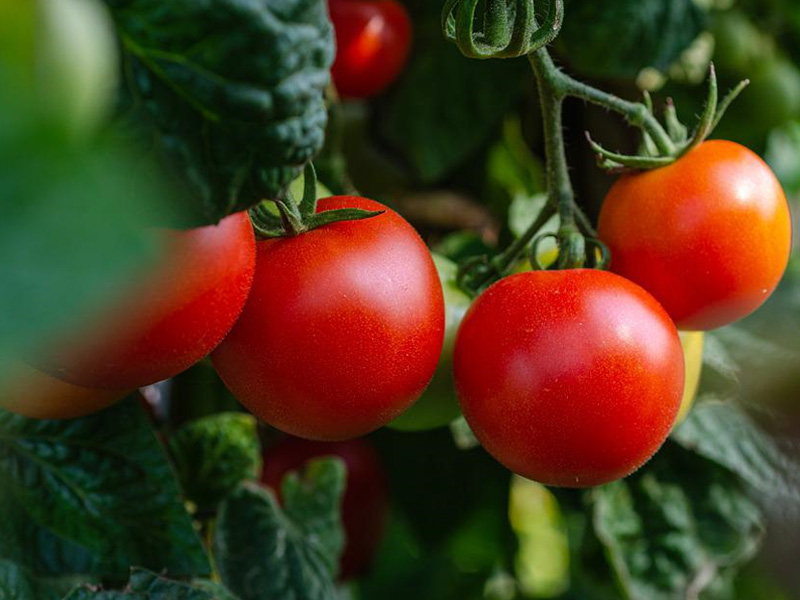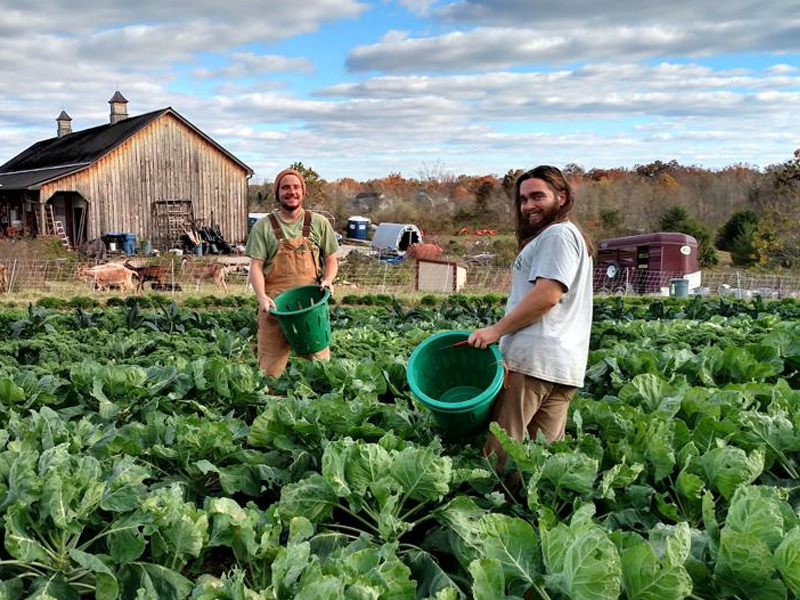Consuming foods such as plants, vegetables, fruits and grains that can be grown seasonally in our own locality. that has many benefits
The taste and nutritional value of a hothouse tomato from the supermarket’s year-round stock is no match for that of one ripened by the sun in a community garden. You’ll get far more berries for the buck harvesting them yourself at a U-Pick farm than buying those packed in half-pint plastic containers and air-freighted from thousands of miles away. And patronizing our neighborhood farm markets gives us the good feeling of getting to know our sustainably minded producers and their earth-friendly practices while investing in the local economy.

But are personal food choices such as these doing much, if anything, to heal our ailing planet?
The answer in complicated, and it depends on the food in question. A United Nations-backed study from 2021 shows that the way we produce, process and package foodaccounts for more than one-third of global greenhouse gas emissions caused by human activity. A 2019 report by the EAT-Lancet Commission, a team of leading scientists across the globe, further warned that without drastically changing our food consumption habits, we won’t be able to meet the nutritional needs of a growing world population without irreversible environmental damage.

And a new study exploring the carbon footprint (greenhouse gas emissions) of Americans’ evolving eating patterns assures us that our efforts to shop and eat better aren’t in vain. Some foods impact the environment in drastically different ways. Animal products and heavily processed and packaged foods, for example, typically require considerably more energy to produce than the homegrown and handmade foods at local farmers’ markets.

Five commodities are responsible for more than 75% of the U.S. diet’s carbon footprint, according to study: beef, milk and dairy, pork, chicken and eggs. And more than half of those greenhouse gases can be attributed to beef.
source : edition.cnn.com


